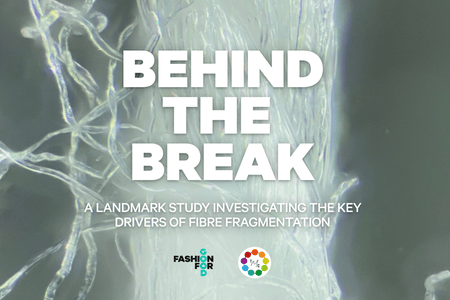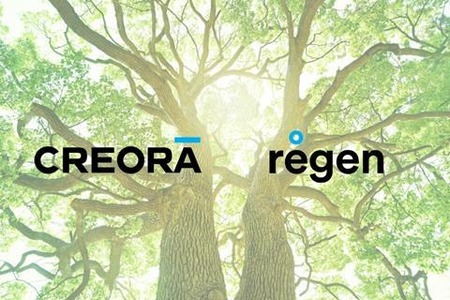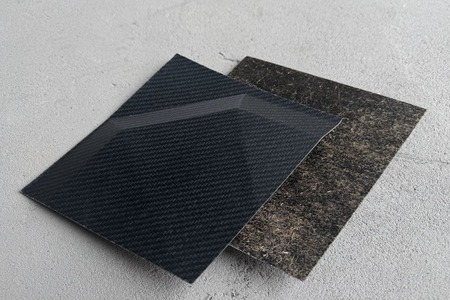
Bacteria and soundwaves likely to be a sustainable way of colouring textile
YarnsandFibers News Bureau 2017-03-24 15:00:00 – RotterdamDutch-based textile designers as part of a bio design research project has made used bacteria to speed up the process of dyeing fibres, as it found that subjecting live bacteria to sound frequencies accelerates pigment production – in theory leading to a more sustainable way of colouring textiles.
The research was led by Laura Luchtman, founder of Kukka – a textile, surface and concept design studio based in Rotterdam which specialises in designing custom prints for fashion.
Luchtman, along with Ilfa Siebenhaar worked with sound engineer Eduard van Dommelen to produce a sound installation in a biomedical lab. Their research set out to test whether exposure to sound waves would make the bacteria grow in patterns, producing patterned textiles. The researchers say the method was inspired by Cymatics phenomena such as Chladni figures and Faraday waves, which cause matter to form geometric patterns when exposed to sound.
The researchers placed textile samples covered with bacteria into petri dishes, and positioned them directly over the speakers. They found that the bacteria, when subjected to sound, dyed the textiles in an even, plain and more saturated colour than the bacteria which were not subjected to sound.
Janthinobacterium Lividum – a purple, soil-dwelling bacterium – was found to be excellent for textile dyeing under optimal conditions of 25°C.
However, at this stage it is not know whether the discovery could be up-scaled, both from a cost effective standpoint and also whether the results can be replicated on a larger scale.
French start-up Pili is growing bacteria producing a range of different Howev.
As per research it has been revealed that growing certain strains of bacteria on different sugars – and at different temperatures – can give a wider shade range of pigments.
Market Intelligence
Ask for free sample Report

experience
Customer Base
dedicated team
Countries Served Worldwide









